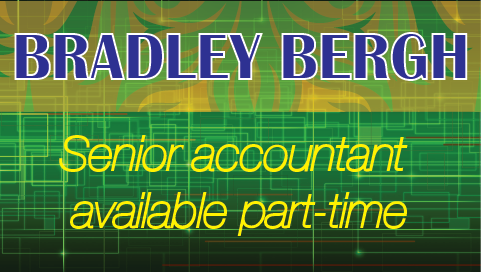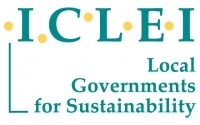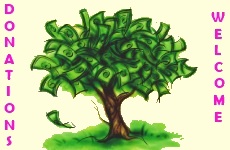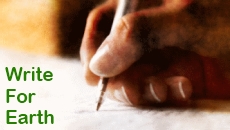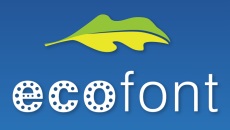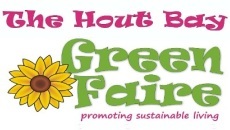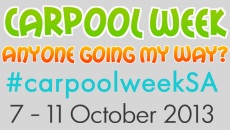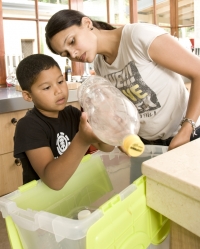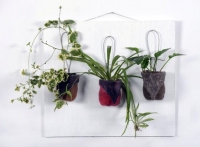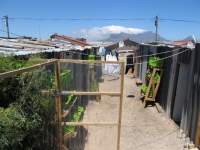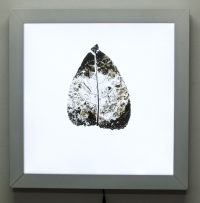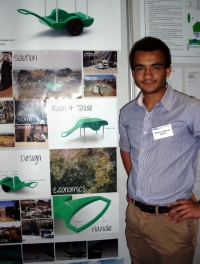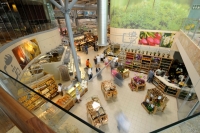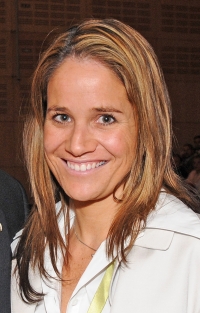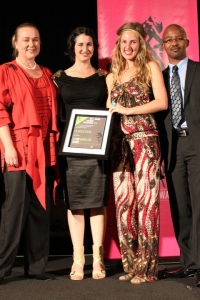Welcome to SA's Green News Portal!
Are you concerned and excited about the greening of our society? The Green Times is your news portal. Use our GREEN CALENDAR to know what's happening - attend, be informed and spread this crucial education wherever you go. SUBSCRIBE to our fortnightly e-newspaper and consistently learn how to green up all aspects of your life and work. Become a green leader in our society transitioning towards a sustainable future. For there's no time to waste. If you'd like daily news, follow us on FACEBOOK or TWITTER.
Our E-NEWSPAPER has been sent to a national mailing list monthly for the past 5 years. We are so happy to communicate with 20 000 unique readers per month now. Join the upsurge of innovation, learning and sharing. If you're living creatively within these challenging times, don't keep it to yourself. Send us your news. If you are offering green products or services, join our GREEN DIRECTORY. If you want to learn to write for the earth - and she needs you - join our WRITE FOR EARTH course and contribute from wherever you are. This is a green community for anyone interested in creating a new world of respect for Earth and all her creatures.
Climate change and sustainable development are two of the biggest issues facing society today. It is increasingly important for companies to reduce the environmental impacts of products and services through their entire life cycle.
The Cape Craft and Design Institute's annual collection of innovative handmade Western Cape products showcases some outstanding examples of upcycled design.
Stephen Lamb and Andrew Lord's Green Shack featured at Design Indaba 2013 last week. They tell us about the concept that transforms temporary spaces into homes.
Eight artists are exhibiting artworks that inspire dialogue about the environment, at this year's Green Expo in Cape Town.
The objective of the design competition was to design the most innovative and practical trolley that could be pulled behind a bicycle for the collection of recyclables.
The Gaia Education Design for Sustainability (GEDS) course has become an important reference in the field of sustainability. The course is based on the four key dimensions of sustainability proposed by Gaia Education - the social, ecological, economic and worldview dimensions – as an integral and holistic approach to sustainable design.
In the past when people thought of a sustainable living environment, many imagined a farmhouse lacking modern plumbing and basic comforts. This is no longer the case and modern sustainable designers are proof of that!
Green carpets is a new concept to me, so I was pleasantly surprized to find a new range being launched for the home. New BerberPoint Eco from Nexus is a green alternative marketed to architects as a first choice in eco carpeting.
Green Design is an exciting natural spin-off of the drive towards a sustainable future. Today Bronwyn looks at the background to this development. Next time we start telling the stories of innovative green designers and their whacky items we€™re all going to want in our homes and offices.
Exploring and exposing environmentally-sound solutions and giving visitors the know-how to go home and make their houses more ecologically friendly is the focus of Grand Designs Live, coming to the Coca-Cola Dome from 21 to 23 May.
This year's Design Indaba from 25 to 27 February saw an unusual and thought provoking exhibition by contemporary artist Kai Lossgott. He focuses on exploring green politics and systems theory throught the mediums of performance, peotry, motion images and drawing.
Selected as one of three artists presenting their work on the Absa stand, his exhibit showcased his engravings in plant leaves, as well as experimental films and prints.
When it comes to connecting art, science, and design, there can be no better inspiration than Leonardo da Vinci.
He was the great genius of the Renaissance, who not only connected these three disciplines but fused them into a seamless whole in a unique synthesis that has not been equaled before, nor afterwards. I have studied Leonardo's synthesis for many years. I published a book, The Science of Leonardo, in 2007; and I have now written about three quarters of a second book, in which I go deeper into the various branches of his science.
Most authors who have discussed Leonardo's scientific work have looked at it through Newtonian lenses. This has often prevented them from understanding its essential nature, which is that of a science of organic forms, of qualities, that is radically different from the mechanistic science of Galileo, Descartes, and Newton. And this is precisely why Leonardo's science is so relevant today, especially for education, as we are trying to see the world as an integrated whole, making a perceptual shift from the parts to the whole, objects to relationships, quantities to qualities.


